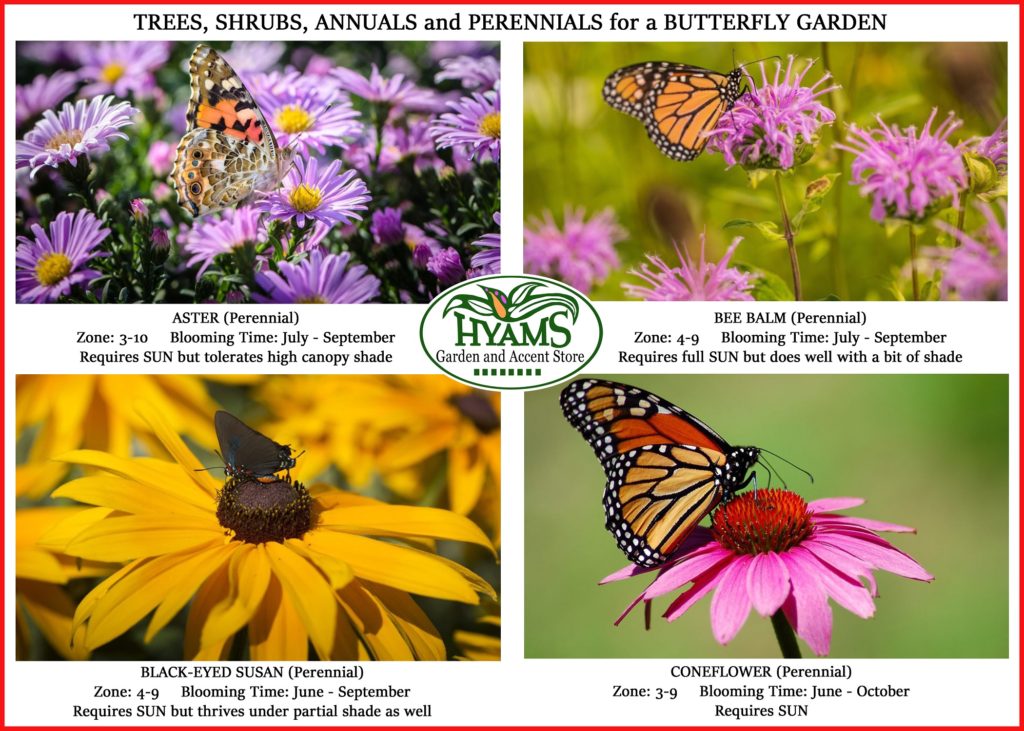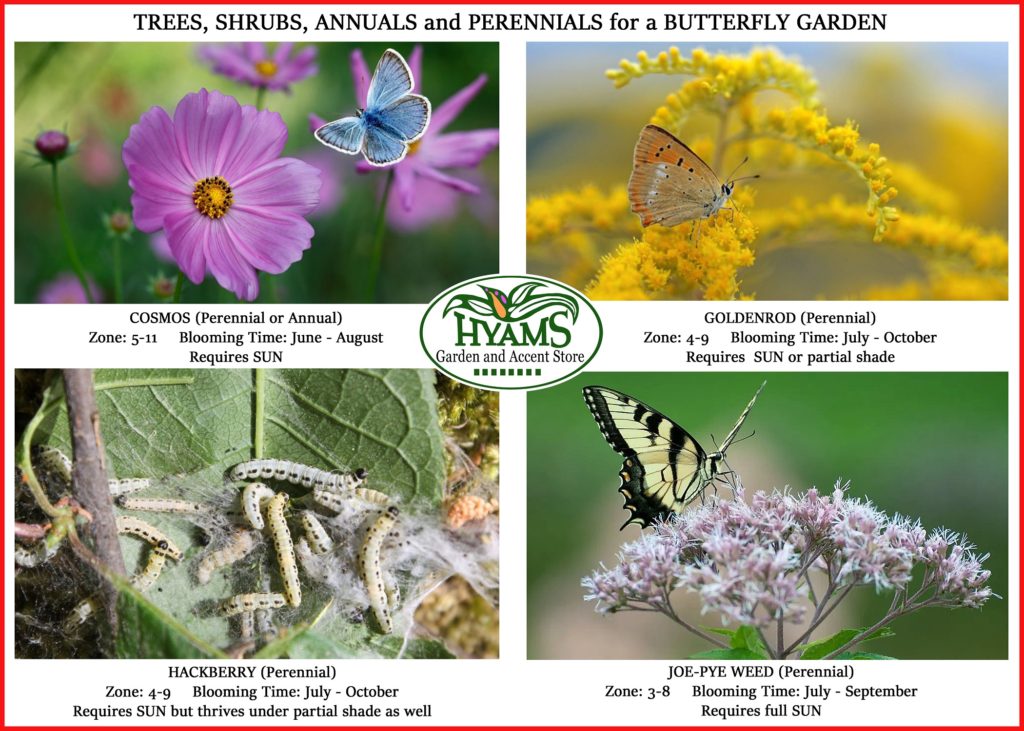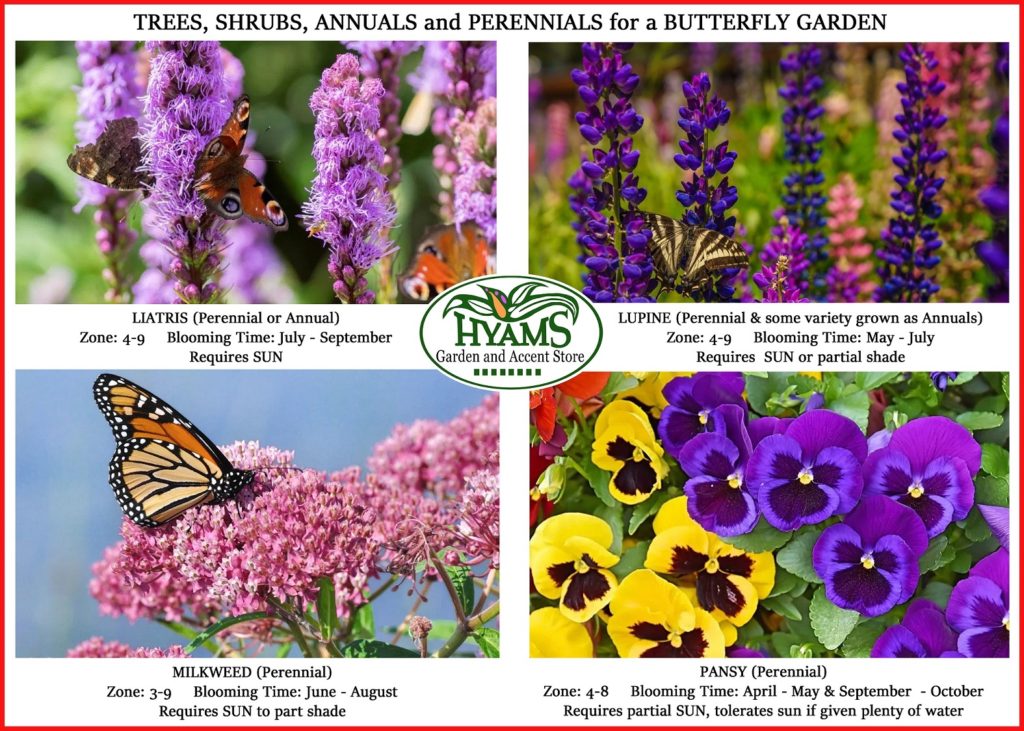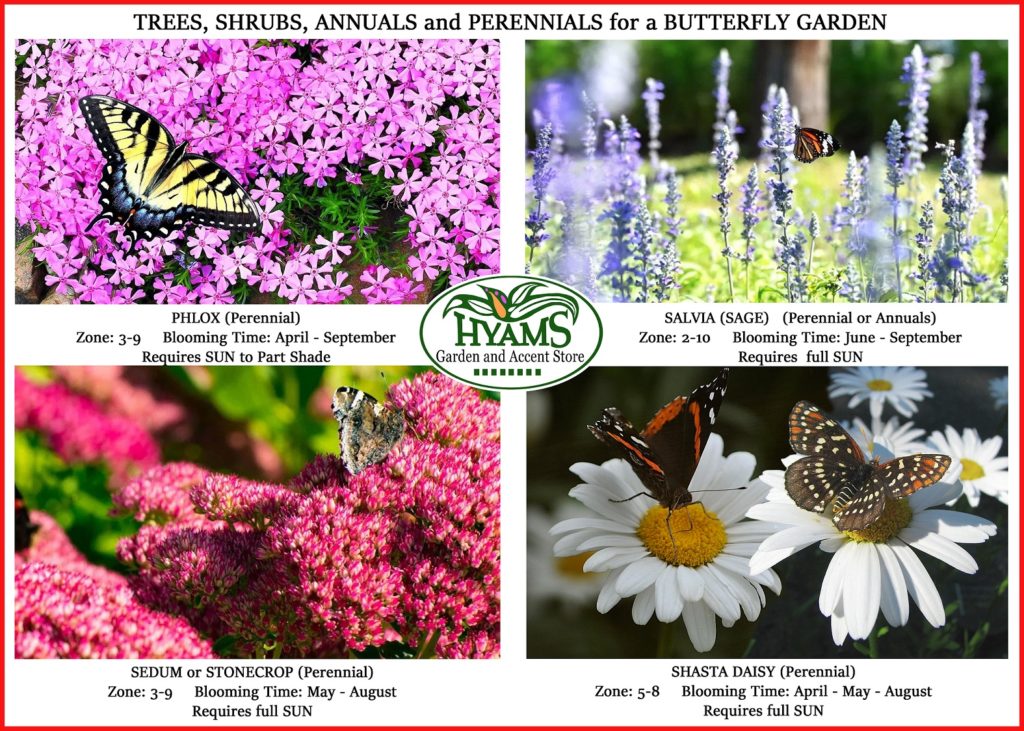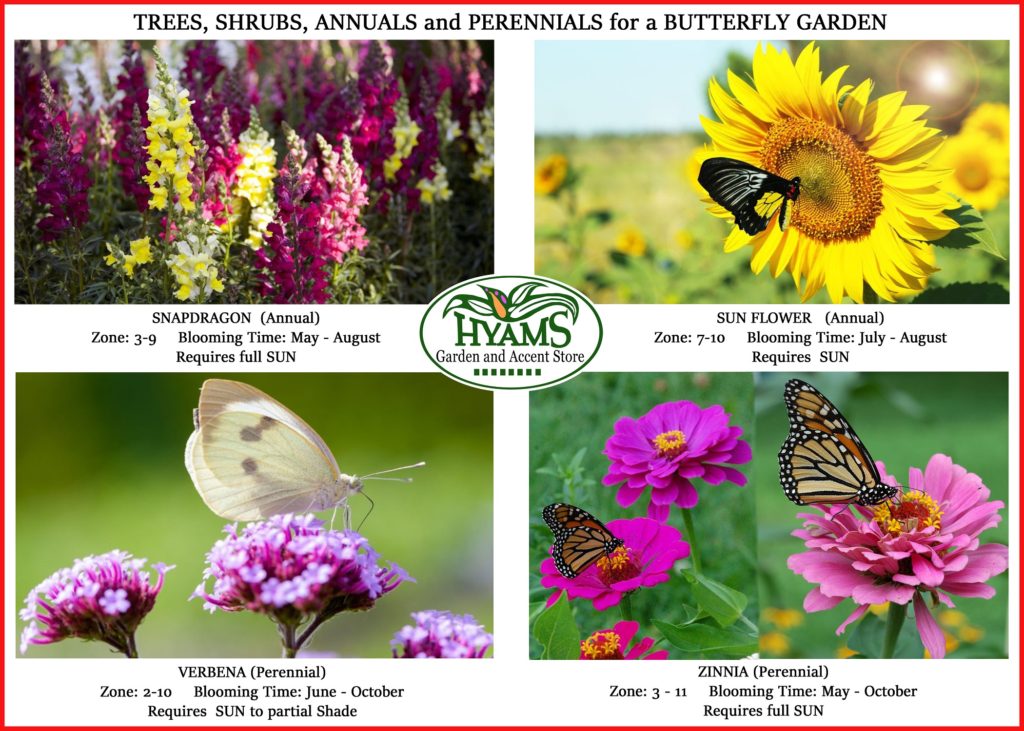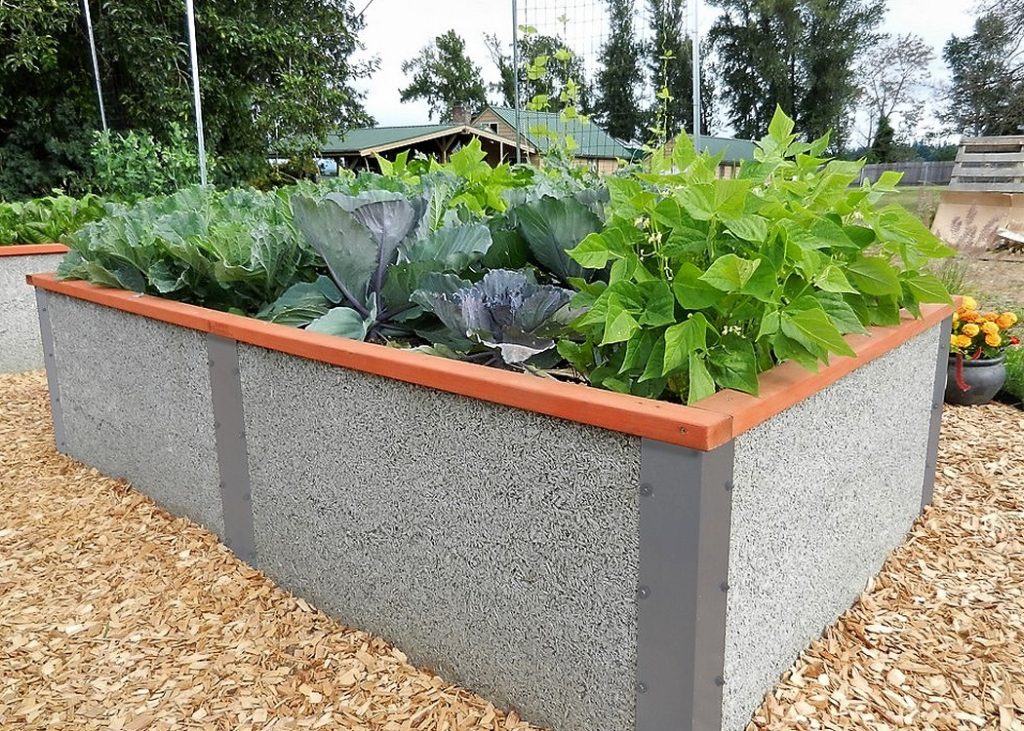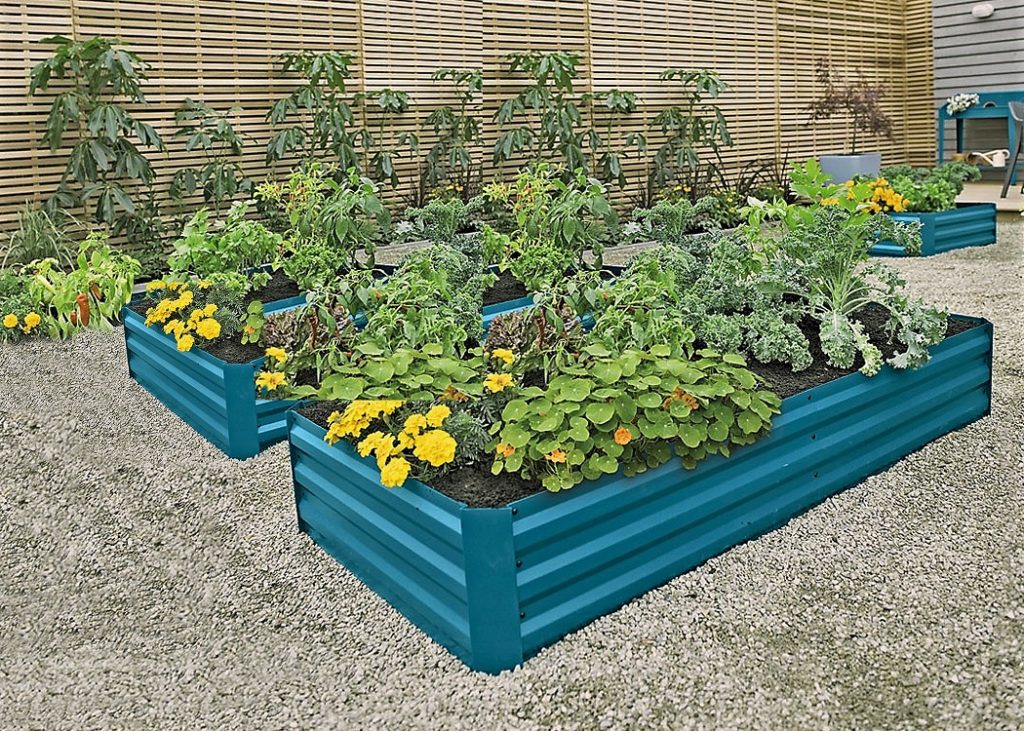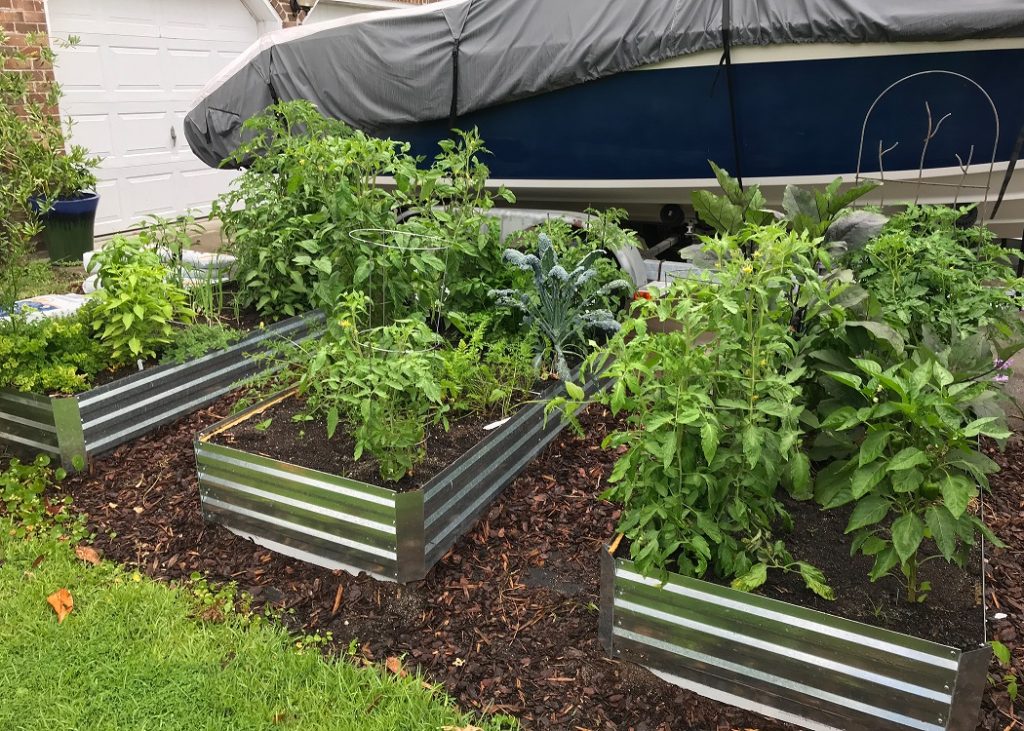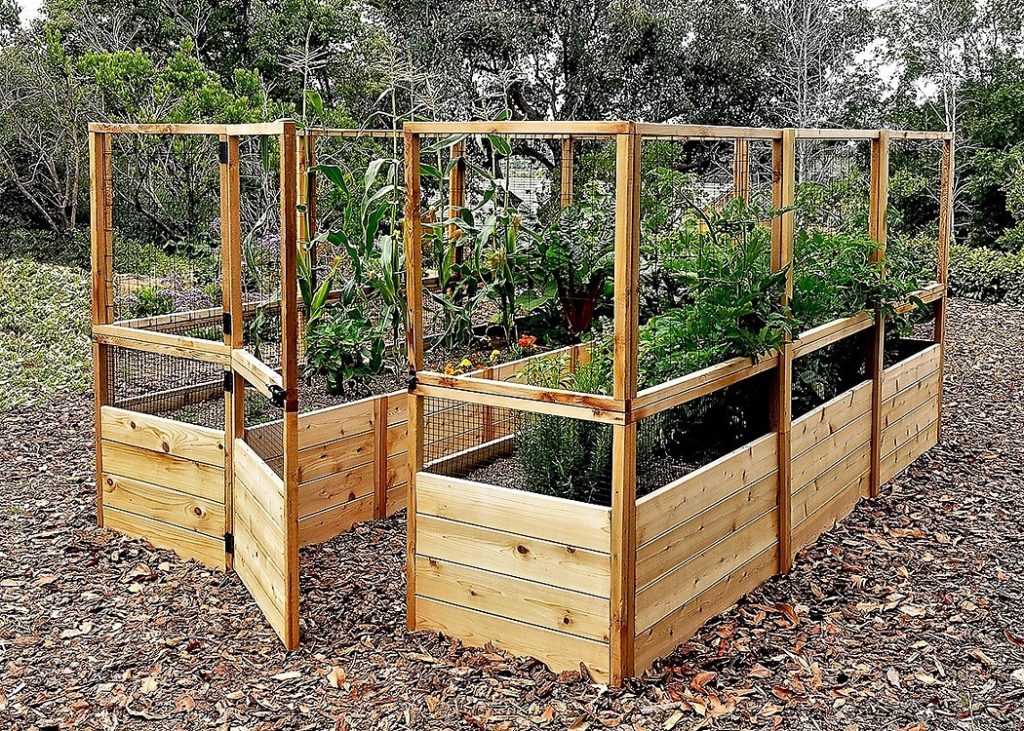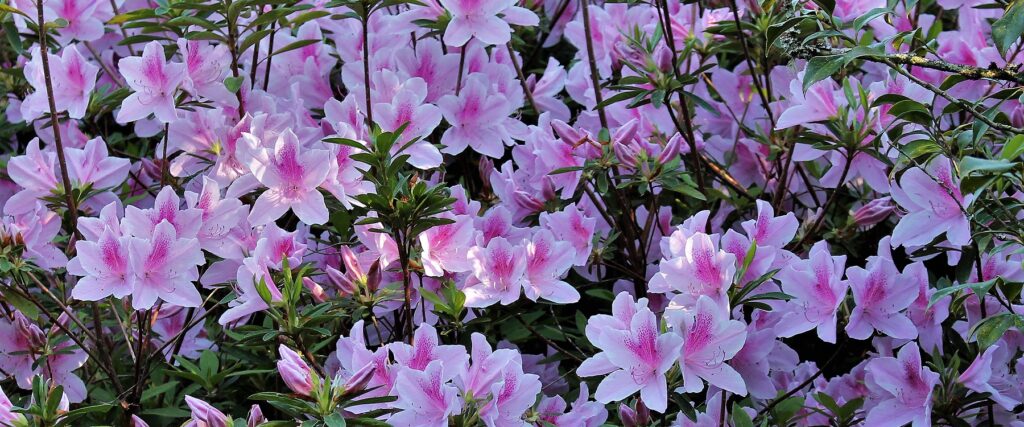Potted Ivy (Hedra Helix) is maintained by watering when its soil is dry. We recommend that you use a water meter when watering your ivy topiary. Do not mist your topiary, put it in direct sun or allow water to stand in the saucer.
Fertilize your topiary with liquid plant food, prune, weave and clip vines to keep topiary shape. If your topiary becomes infested with bugs, you can treat it by spraying the topiary with a solution of soapy water. Mix 3 to 5 tablespoons of ivory liquid soap with one gallon of water. After you spray your topiary let the leaves dry. Spray topiary again with plain water to remove soap from the leaves. Continue to use the soap mixture every four days for the next two weeks to rid your topiary of bug infestation. Soap will kill Aphids, Mites and other insects. For better results use a stronger commercial insecticidal soap.
